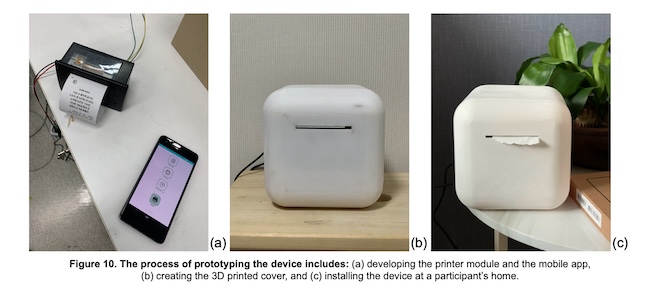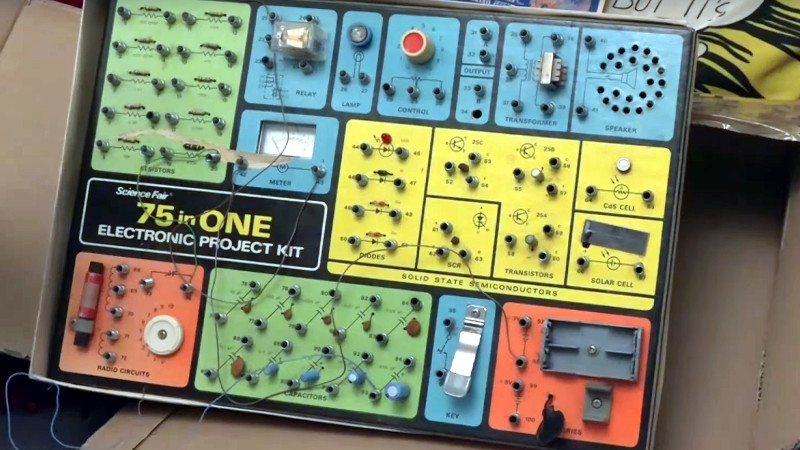
Researchers at the Ulsan National Institute of Science and Technology (UNIST) have developed an innovative device aimed at alleviating depressive symptoms through guided writing exercises. (Image courtesy of UNIST) ULSAN, Oct. 23 (Korea Bizwire) – Researchers at the Ulsan National Institute of Science and Technology (UNIST) have developed an innovative device aimed at alleviating depressive symptoms through guided writing exercises, the university announced on October 22.
The device, developed by professor Kim Chajoong’s team at UNIST’s Department of Design, specifically targets individuals with anxious attachment styles, helping them recognize and transform negative emotions into positive thoughts in real-time. “We’ve created a novel method for people with anxious attachment tendencies to self-regulate their negative emotions,” said Kim. “This could potentially offer an alternative to traditional professional counseling.
” Through diary studies and group interviews, the research team identified nine common situations that trigger negative emotions in individuals with anxious attachment. They focused on three key areas amenable to design solutions: underachievement, self-depreciation, and future worries. The device was developed by professor Kim Chajoong and researcher Kang Hye-min.
(Image courtesy of UNIST) The resulting device operates through a simple but effective mechanism: when users select their current negative emotion, such as “feelings of underachievement,” the device prints questions on memo paper, prompting users to write responses. The act of writing serves as a therapeutic tool for emotional release. “Though I had a bad day, remembering positive moments helped improve my mood,” reported one participant in the study.
Another noted, “I began focusing on my strengths rather than weaknesses.” The research team conducted home trials with individuals displaying anxious attachment tendencies and reported significant reductions in negative emotions. Users demonstrated improved emotional management skills by understanding the root causes of their negative feelings and adopting more positive perspectives.
Anxious attachment, which develops during childhood through parent-child relationships, can significantly impact adult life. People with this attachment style often exhibit high dependency on others and low self-esteem in relationships, potentially leading to depression if their frequent negative emotions go unmanaged. The study, supported by the National Research Foundation of Korea, was published online in the International Journal of Design on August 31, marking a potential breakthrough in the intersection of design and mental health treatment.
Kevin Lee ([email protected]).














